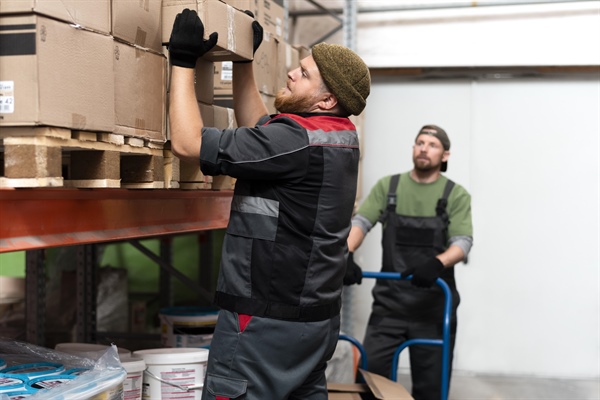
When it comes to workplace safety, manual handling remains a crucial topic. Whether you’re lifting boxes in a warehouse, rearranging stock in a retail store, or assisting patients in healthcare, improper manual handling can lead to injuries that affect your health and productivity. In fact, musculoskeletal disorders account for a significant portion of workplace injuries worldwide.
What Is Manual Handling?
Manual handling refers to any activity that involves lifting, carrying, pushing, pulling, or moving a load by hand or bodily force. While it may seem straightforward, poor techniques can place excessive strain on your body, especially your back, shoulders, and arms.
Common Injuries from Manual Handling
Some of the most frequent injuries resulting from improper manual handling include:
- Back injuries: Strains, sprains, or herniated discs.
- Shoulder and neck pain: Often caused by awkward postures.
- Hand and wrist injuries: Including cuts, bruises, or repetitive strain injuries.
- Knee injuries: From bending or kneeling incorrectly.
Preventing these injuries starts with understanding safe manual handling techniques.
Key Principles of Safe Manual Handling
1. Assess the Load
Before lifting or moving an object, evaluate its:
- Weight and size: Can you lift it safely alone, or do you need assistance or equipment?
- Shape and stability: Is the load awkward, slippery, or prone to shifting?
- Condition: Check for sharp edges or leaks that might pose additional hazards.
2. Plan Ahead
Consider the path you’ll take before starting the task:
- Clear obstacles from your route.
- Ensure the surface is stable and free from tripping hazards.
- Identify rest points if the load is heavy or if the task is prolonged.
3. Use Proper Lifting Techniques
To reduce the risk of injury:
- Stand close to the load with your feet shoulder-width apart for a stable base.
- Bend your knees, not your back, keeping your spine straight.
- Hold the load securely with both hands.
- Use the strength in your legs to lift, keeping the load close to your body.
- Avoid twisting your body; turn your whole body by moving your feet.
4. Utilise Equipment When Possible
If the load is too heavy or awkward, use tools such as:
- Trolleys
- Hand trucks
- Forklifts
- Hoists
These tools reduce the physical strain on your body and minimise the risk of injury.
5. Work as a Team
For particularly heavy or bulky loads, enlist the help of a colleague. When working together:
- Communicate clearly about your plan.
- Lift and move in unison to maintain balance and control.
6. Know Your Limits
Recognise when a task is beyond your physical capabilities and ask for assistance. Pushing yourself too hard can lead to accidents and long-term injuries.
Additional Tips for Safe Manual Handling
- Warm up before physical tasks: Stretching can improve flexibility and reduce the likelihood of strains.
- Wear appropriate footwear: Non-slip, supportive shoes provide better grip and stability.
- Take regular breaks: Avoid fatigue by pacing yourself during repetitive tasks.
- Report hazards promptly: Ensure unsafe conditions are addressed to prevent accidents.
Training and Workplace Policies
Employers are responsible for providing training on safe manual handling practices and ensuring the availability of appropriate equipment. Regular refresher courses and risk assessments help maintain a safe work environment.
Conclusion
Safe manual handling is not just about avoiding injuries; it’s about fostering a culture of care and responsibility in the workplace. By following these principles and staying mindful of your body’s limits, you can protect yourself and contribute to a safer, healthier workplace for everyone.
Remember: prevention is better than cure. Practice safe manual handling every day, and encourage others to do the same.
TTFN!